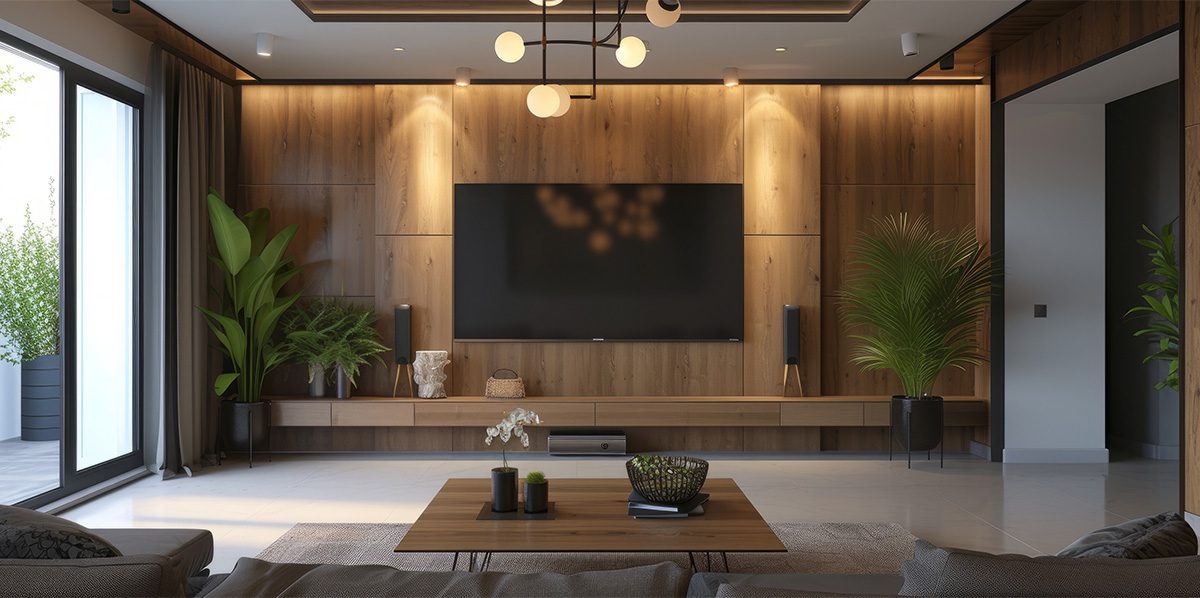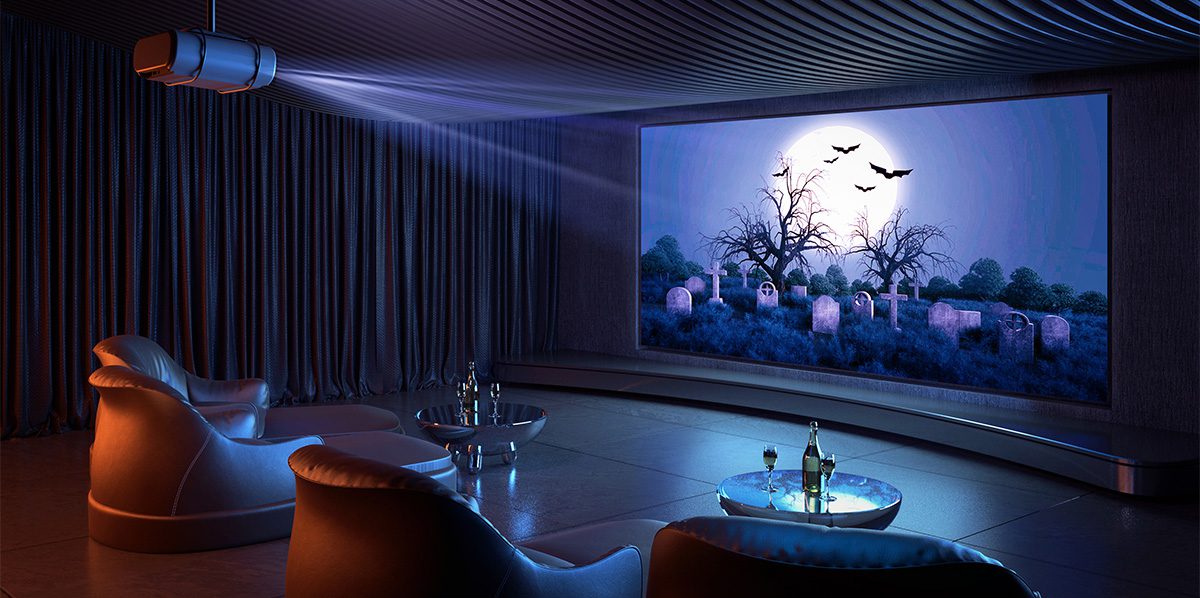From popcorn mishaps to hilarious audience reactions, the theatre experience often provides more than just a movie—a memorable journey filled with emotional moments.
“I’d gone to the movies to watch ‘Infinity War’. A few patrons had dressed up, and this guy, about mid-thirties, was a few seats to my left. He was wearing purple shorts, a torn shirt, totally green, and gigantic Hulk gloves—the ones you smash together, and they make noises. Well, as the credits were rolling, his face was in his huge hands, and he was bawling his eyes out.”
“It’s opening day of Star Wars: The Empire Strikes Back. In one of the first Yoda scenes, the entire theatre is silent, listening to his wisdom. Some little kids say really loud, “That looks like grandpa.” The laughter is so great that no one has a clue what Yoda is saying for the next couple of minutes.”
Yet, amidst the laughter and shared experiences, there’s a growing realisation that a home theatre system’s comfort and convenience might offer a superior viewing experience. When you want to stay in your pyjamas, prefer the comfort of your own couch (not a cinema chair moulded by thousands before you), don’t want to have to find parking or walk in the rain, stop and start the movie at your leisure, and have homemade snacks… that’s when you want to enjoy the ultimate cinematic experience with a Home Theatre System (HTS).

These installations utilise cutting-edge consumer electronics-grade video and audio equipment strategically arranged within the confines of your own home or outdoor space. But where to start?
If your home cinema is inside, you’ll either build a room fit for purpose or have an existing room to transform. As far as size goes, there is no minimum, but a comfortable start is 4.5m x 6.0m (15×20 feet). Having a dedicated room offers an immersive experience. It also allows full control over lighting, sound, and seating arrangements, creating a more authentic cinema atmosphere.
If that’s not possible, you can convert your existing lounge into a theatre room or an outdoor theatre.
The big screen experience
The big screen and surround sound are the common reasons people go to movies. So, how do you go about recreating this at home?
The screen size is up to you, but typically, for purpose-built home theatres, it should be 120” or larger. If you’re converting your lounge area, 85” or more is best.
Typical sound systems include a surround-sound amplifier, five surround-sound speakers, and a subwoofer. The days of needing a DVD player are obviously gone, as app platforms offer a diverse library of movies, TV shows, documentaries, and exclusive content. It’s a matter of ensuring these apps are well-connected with a solid Wi-Fi connection.
Screen or Projector?
Projectors can display much larger images than TVs, and their portability means they can be used for outdoor movie nights, presentations, and events where a large screen is needed. If your room is multi-purpose, the advantage is that the screen can be hidden in the ceiling. But it’s important to make sure they can handle daylight.

TV screens offer high quality because they often have higher pixel density (HD) than projectors, especially in smaller sizes. Their brightness levels are often higher than projectors, making them better for well-lit rooms. TV screens also often have longer lifespans and lower maintenance requirements.
If you’ve been shopping for a new TV, you may have seen these letter-number combos: 4K, 8K, 720p, 1080p, HD, and UHD. These refer to the screen’s resolution, the number of little squares/pixels within a certain area. The more pixels in the same area, the better the quality. 2K = 2,048 pixels, 4K = 4,096 pixels, and 8K = 7,680 pixels. For comparison, cinema screens have 8,847,360 pixels.
Installation
It’s impossible to answer all wiring questions without seeing what you’re working with. All the wires must go to one central location. Depending on the locations of the individual items (speakers and woofers), we may need to put holes in the walls to ensure a clean aesthetic. But a builder or painter/decorator could easily patch those holes up.
Lighting also plays a significant role in the ambience, so consider incorporating dark-coloured LED lighting to elevate the atmosphere.
Improve your viewing experience and create unforgettable movie nights right at home. Contact us today to book a consultation.
